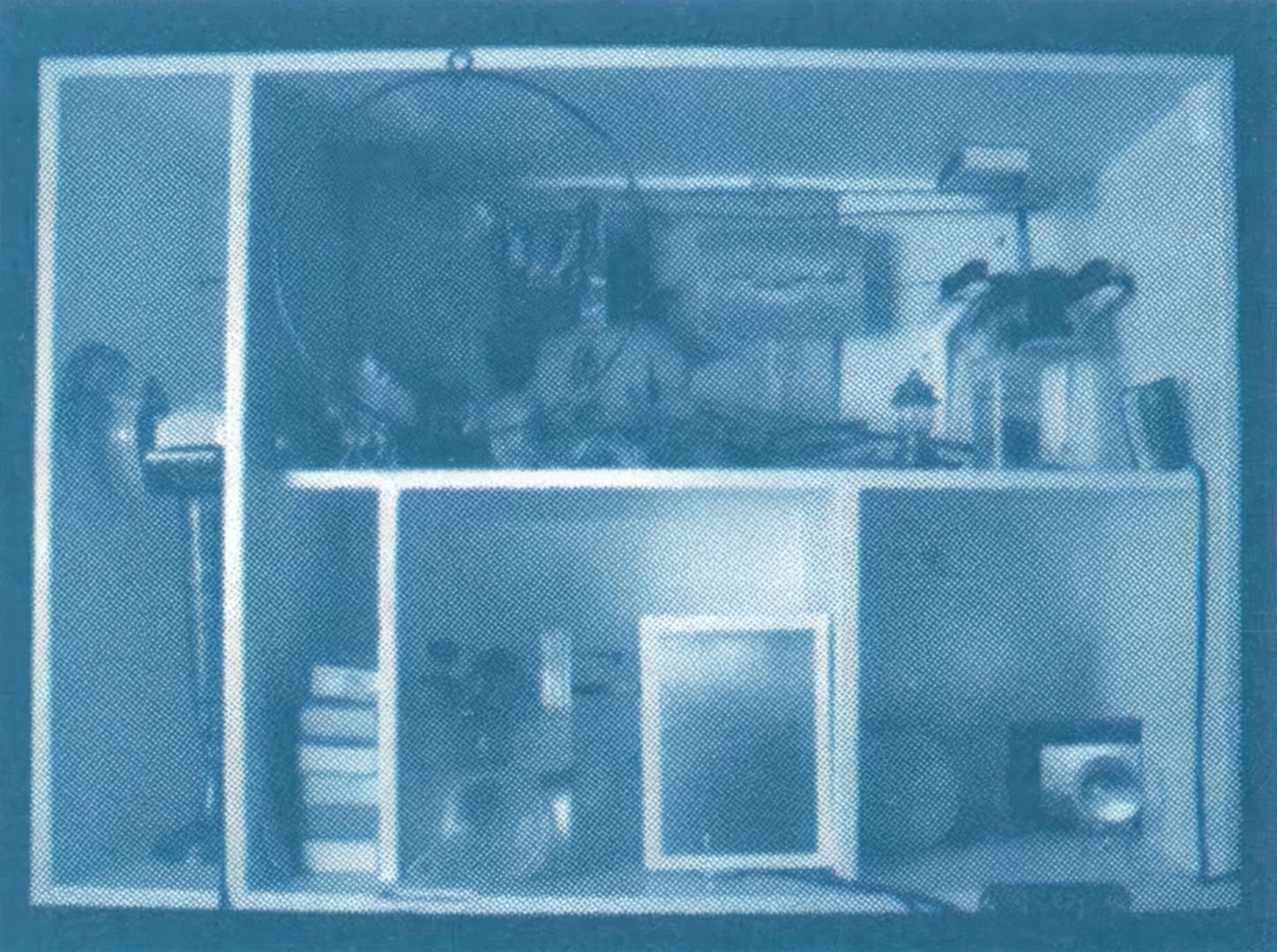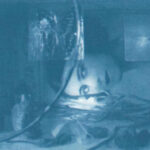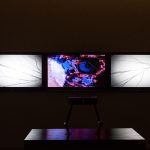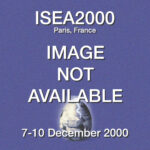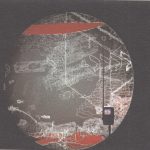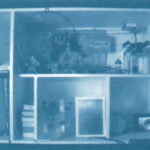“Screen” by Brad Todd
Title:
Artist(s) and People Involved:
Filmmaker, Video Artist, or Animator(s):
- Brad Todd
-
- Concordia University
Symposium:
Venue(s):
Artist Statement:
“It’s a generated image,” she said. any tracing, texture mapping-” She stared as the face smiled out at her from the curve of the dome, beyond the slow-motion hurricane of lost things, minor artifacts of countless lives, tools and toys and gilded buttons.” -William Gibson, Count Zero 1986
Screen is a tele-robotic boxed construction, which sporadically comes alive for screenings and interaction. The piece is viewed and controlled simultaneously via a Web page interface and is also enhanced through a performative element which consists of live manipulation of the image and audio elements of the streaming video/audio feed.
The work consists of robotic armatures, which control a series of events inside a boxed grid-like construction. There are four elements, which are controlled via remote manipulation. These are:
1. The watering of a small plant (referencing popular telegarden works such as Ken Goldberg’s at Ars Electronics).
2. The sprinkling of water on a small piece of bread, which in turn generates mold, thereby forming a rudimentary form of life I ecosystem.
3. The control of a clothesline-like apparatus laterally moving the wings of a butterfly in one direction and an old photograph of a plane in the other.
4. The control of a drawing machine which endlessly transcribes circles on a wall of the box.
Screen acts as a kind of micro-theatre where enigmatic elements coexist in an elemental shadowbox world. The construction jitters to life as a result of a users input, an anonymous telepresence which enters into the box’s universe of successive layers and references to both the fictive and actual. Beginning with the telescope to early TV signals, vision over distance has gradually developed into action over distance and has supplanted earlier models of perceiving and engaging with the world. In Screen’s Cornell-esque scenario resides the blurred and jerky remnants of early cinema recalling the stop action animation of Ladislaw Starewicz or The Brothers Quay (Screen even houses a small book Penstes de Rousseau, signed by Timothy Quay). The reality being manipulated here is in fact that of a virtual world, as when one tries to stay afloat while “flying” in a dream. Screen can be considered as a collection of signs that refract, like the shattered sparkle of crystal in light, a trellis of inference and allusion imploding in a hall of mirrors.
Additional Images:
- 2002 Todd Screen

